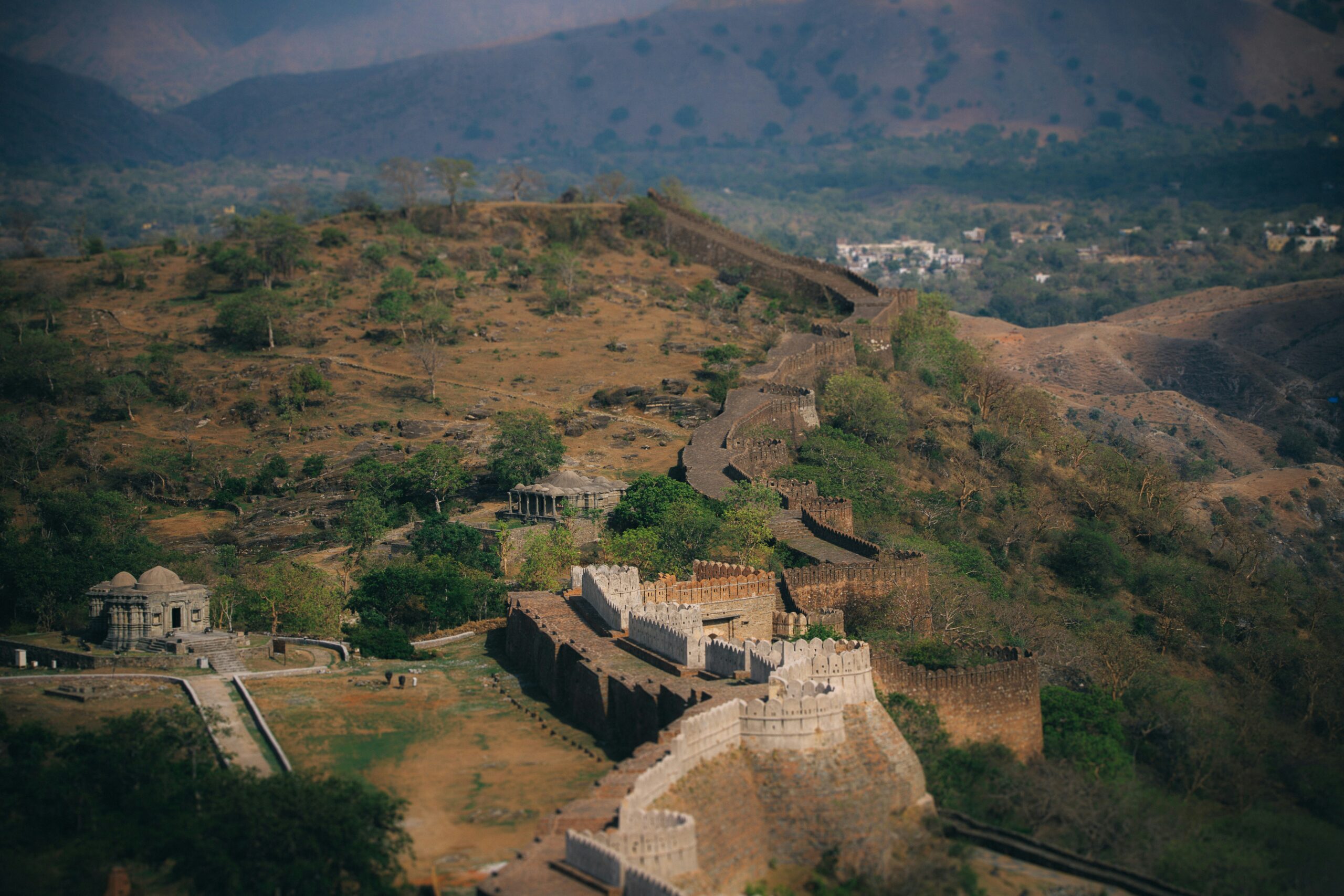
Ranthambore Fort: A Breathtaking Film Shooting Location in Rajasthan
Rajasthan is known for its grand forts, royal palaces, and scenic landscapes, making it a favorite destination for filmmakers. One such iconic location is Ranthambore Fort, a stunning historic site nestled inside Ranthambore National Park. This fort offers a perfect blend of history, nature, and adventure, making it an excellent backdrop for films, web series, and documentaries.
Why Ranthambore Fort is Perfect for Film Shooting?
A Historical Overview
Ranthambore Fort was built in the 10th century by the Chauhan dynasty. It was a strong military base and played an important role in Rajasthan’s history. Over the years, many rulers controlled it, including the Mughals. Even after many battles and attacks, the fort still stands tall and grand, showcasing its rich past.
Why Visit?
- Historical Significance: Ranthambore Fort is a significant historical site with its well-preserved ruins and strategic location. The fort’s history is intertwined with the broader history of the Rajputs and their struggles for dominance in the region.
- Scenic Beauty: The fort’s elevated position offers breathtaking views of the surrounding Ranthambore National Park. The juxtaposition of historical ruins with the lush greenery and wildlife creates a captivating experience.
Key Attractions Within the Fort
The Main Entrance: The fort’s main entrance is characterized by its imposing gates and robust defensive structures. These gates provide a dramatic entry into the fort’s interior and reflect its military importance.
Palace Ruins: The fort contains the ruins of various palaces and residences, including the Jai Mahal and Rani Mahal. These structures, although partially ruined, offer a glimpse into the royal lifestyle and architectural style of the period.
Temples: Ranthambore Fort houses several ancient temples dedicated to Hindu deities, including the Ganesh Temple and Shiva Temple. These temples are notable for their intricate carvings and religious significance.
Step Wells and Water Reservoirs: The fort features several step wells and water reservoirs, which were crucial for sustaining the inhabitants during the fort’s occupation. These structures are examples of the fort’s architectural ingenuity and practical design.
Ranthambore National Park Views: The fort’s elevated position provides stunning panoramic views of the Ranthambore National Park. The surrounding jungle, with its diverse flora and fauna, adds to the scenic beauty of the location.
Historical Remnants: Explore the various ruins within the fort, including old walls, bastions, and watchtowers. These remnants offer insights into the fort’s defensive capabilities and historical significance.
Additional Film Shooting Locations Near Ranthambore Fort
🔹 Ranthambore National Park – Perfect for wildlife documentaries & jungle adventure films.
🔹 Padam Talao Lake – A scenic lake with serene reflections & beautiful landscapes.
🔹 Raj Bagh Ruins – Another stunning location for mystical or horror films.
Ranthambore Fort is a fascinating place that brings together history and nature. With its ancient ruins, stunning location, and beautiful views of Ranthambore National Park, it offers a one-of-a-kind experience. Whether you’re exploring its old structures, admiring its architecture, or enjoying the wildlife around it, a visit to this fort is a memorable journey into Rajasthan’s rich heritage.
Ranthambore Fort is also a dream location for filmmakers. Its majestic look and scenic beauty make it perfect for shooting historical movies, war scenes, documentaries, or even spiritual films. If you want a grand and authentic backdrop, this fort is an unbeatable choice!
For inquiries about visiting or filming at Ranthambore Fort, feel free to Contact Us today and bring your vision to life in this historic marvel!
